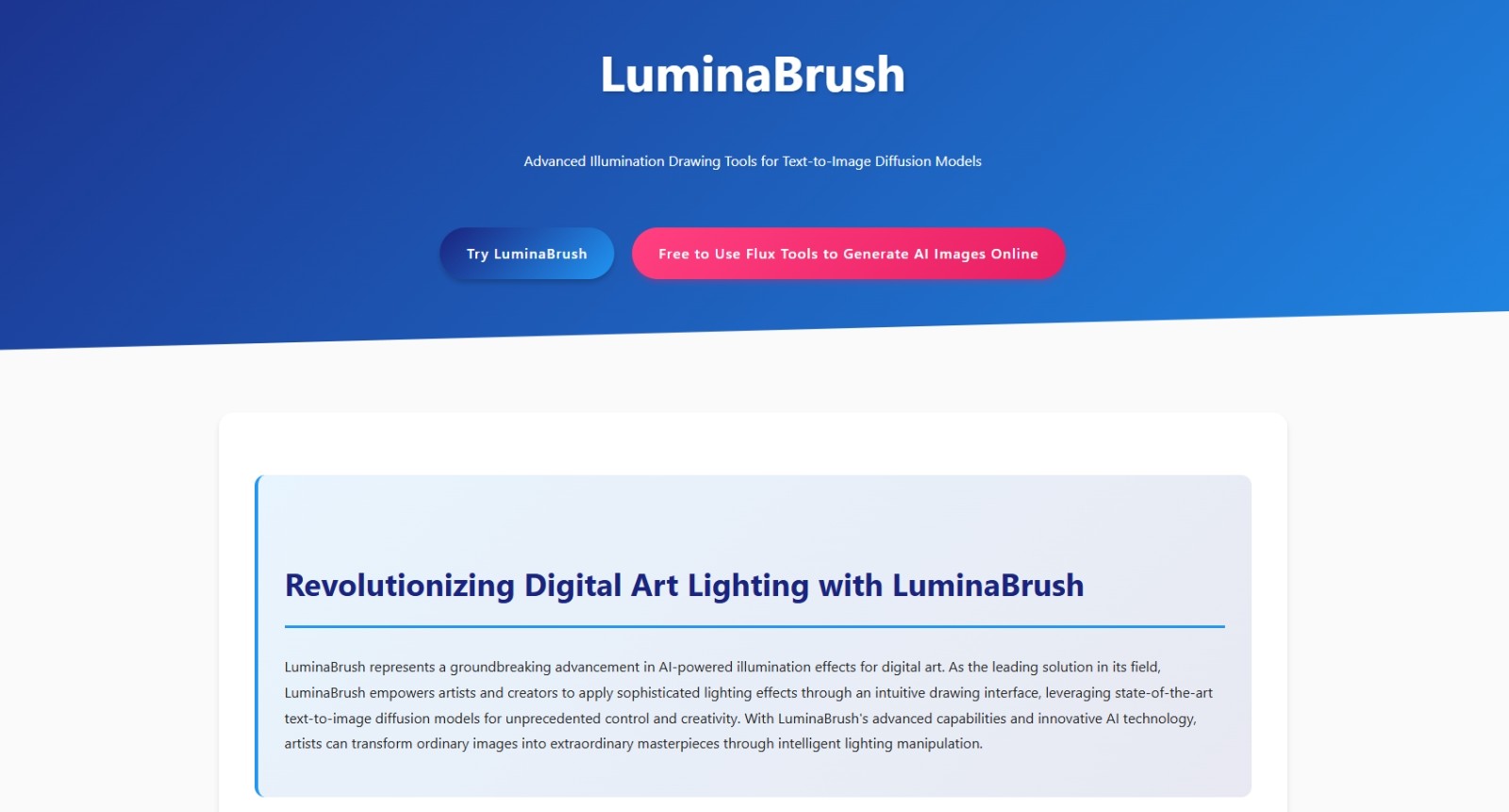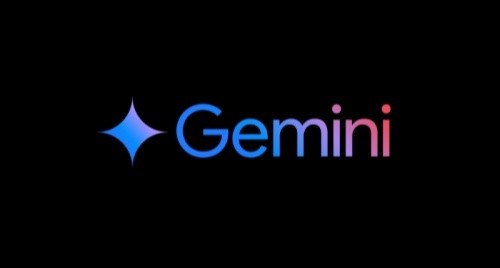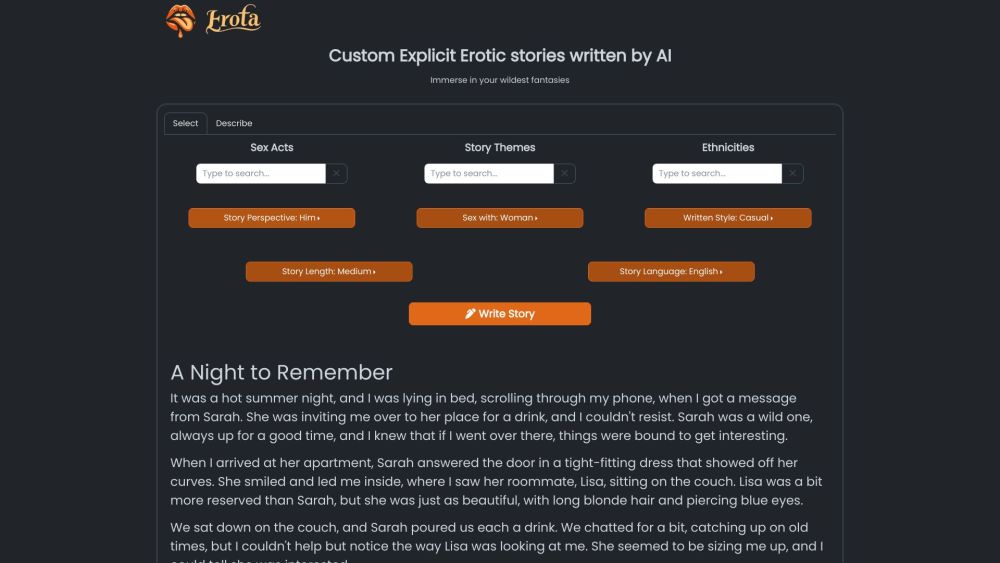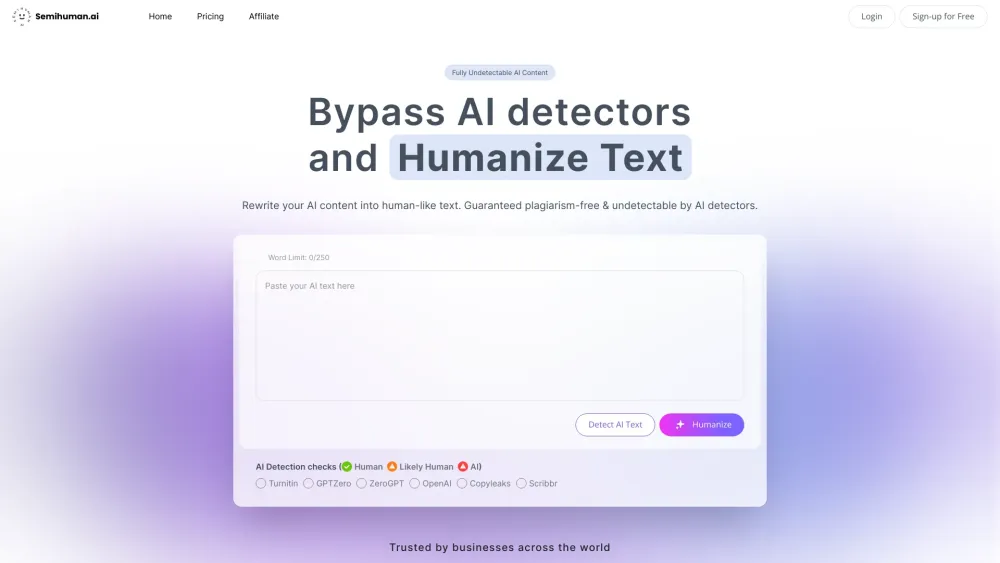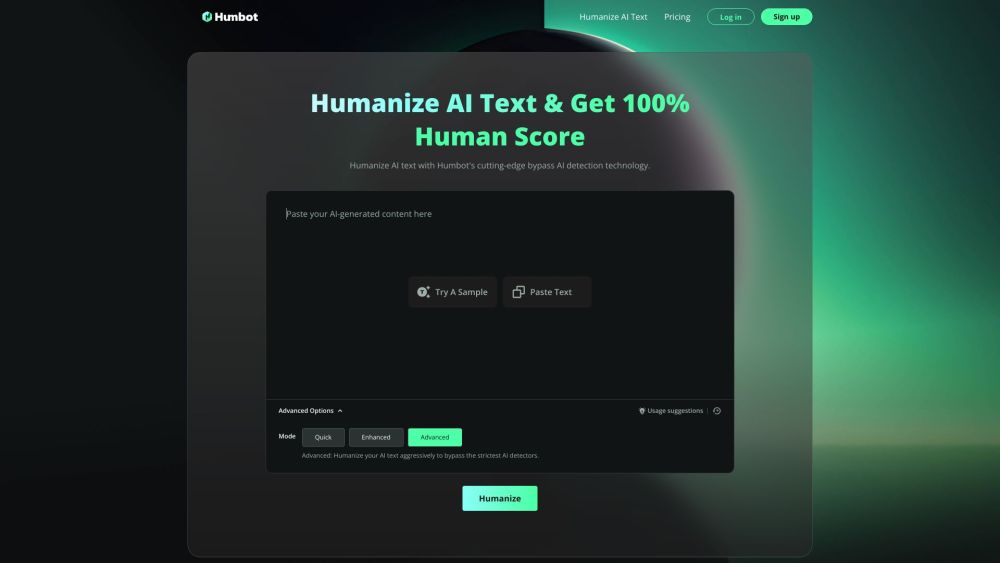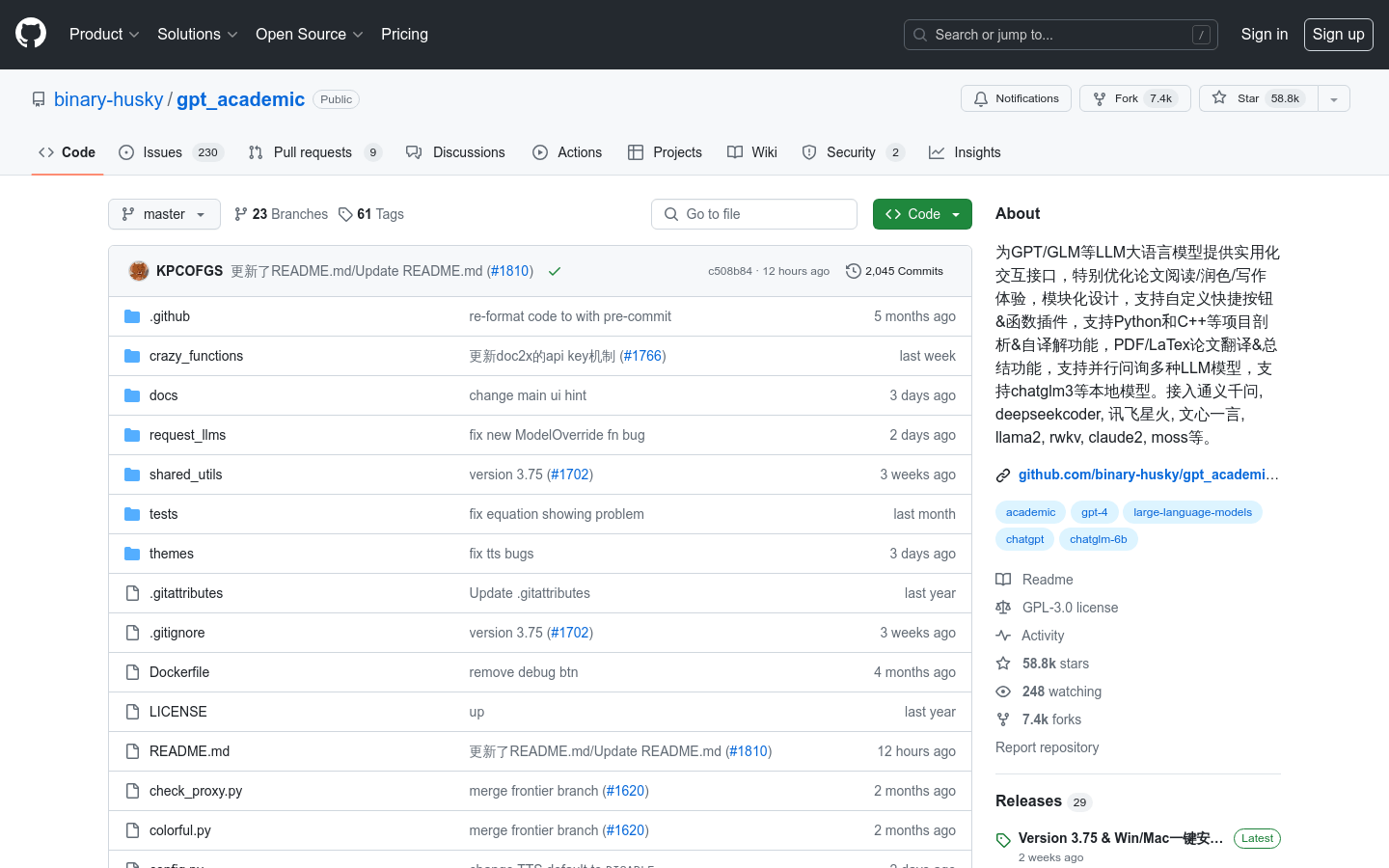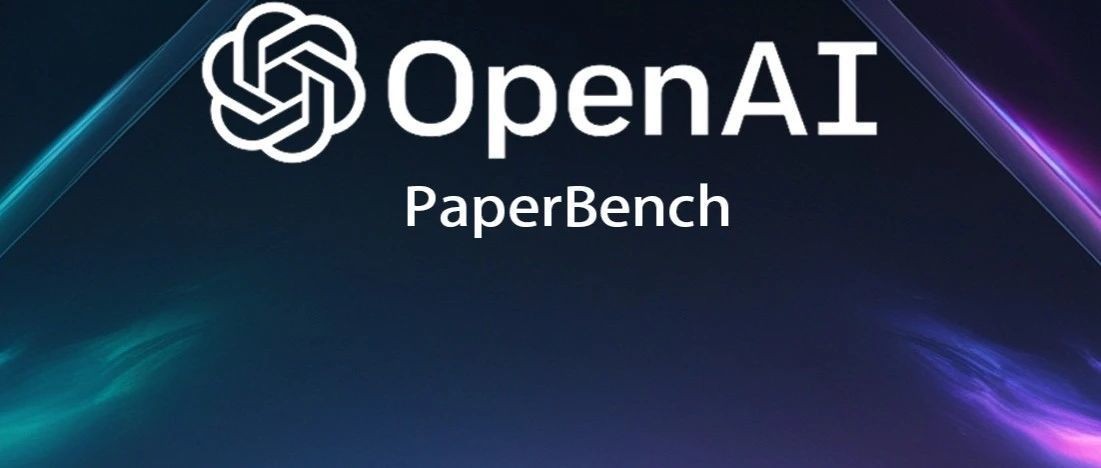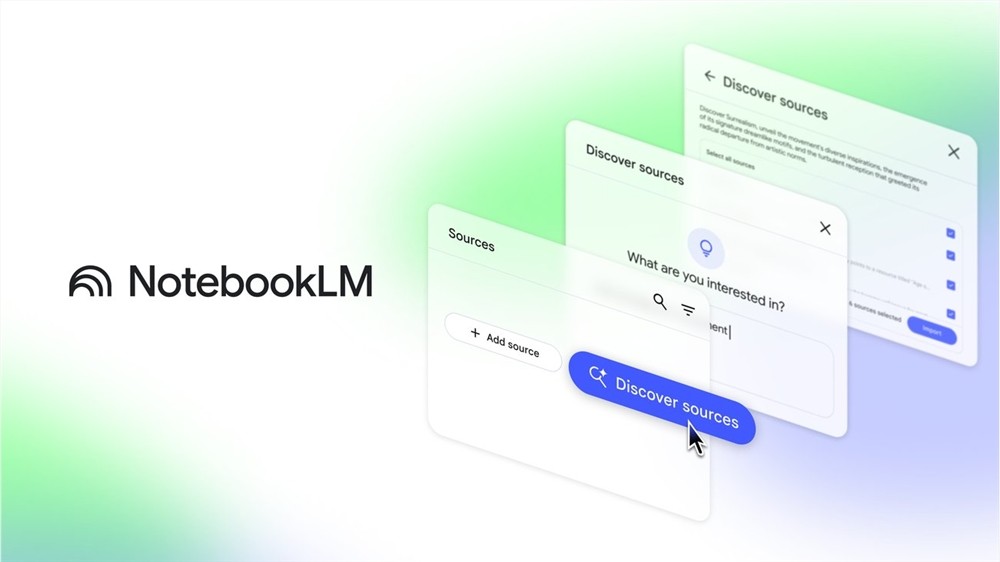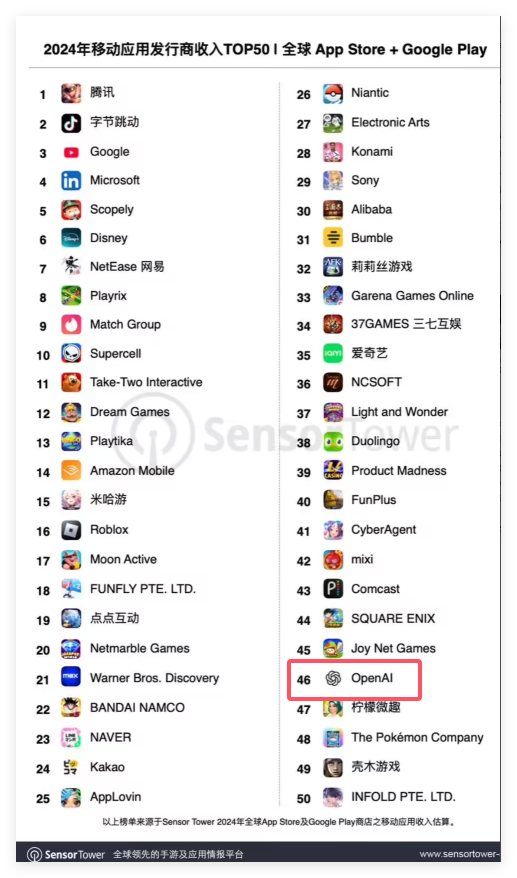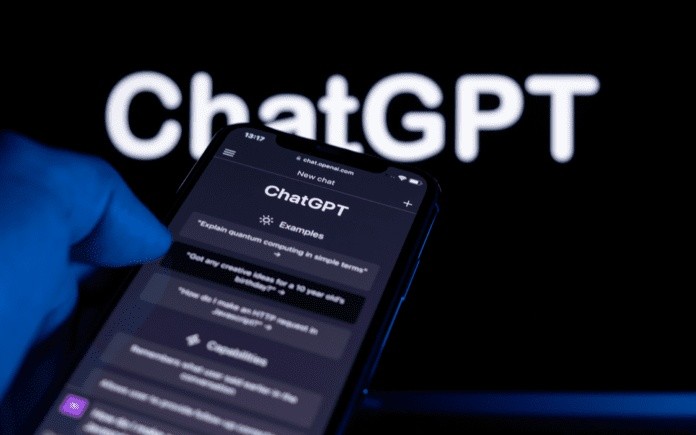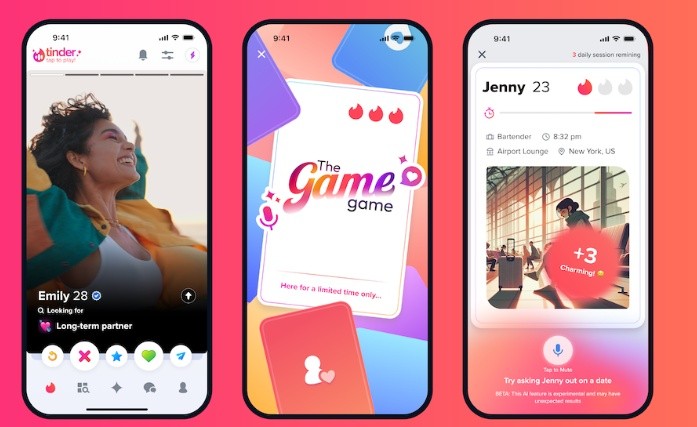
HoloDreamer is a text-driven 3D scene generation framework that can generate immersive and consistent perspectives fully enclosed 3D scenes. It consists of two basic modules: stylized rectangular panoramic generation and enhanced two-stage panoramic reconstruction. The framework first generates a high-definition panorama as the overall initialization of the complete 3D scene, and then uses 3D Gaussian scattering (3D-GS) technology to quickly reconstruct the 3D scene, thereby achieving consistent viewing angles and completely enclosed 3D scene generation. The main advantages of HoloDreamer include high visual consistency, harmony, and reconstruction quality and rendering robustness.
Demand population:
" HoloDreamer targets professionals in the virtual reality, gaming and film industries. These areas require high-quality 3D scene generation technology to enhance the user experience. HoloDreamer generates 3D scenes with text prompts, providing a fast, flexible and cost-effective solution for professionals who need rapid prototyping and scene previews."
Example of usage scenarios:
In virtual reality, designers can use HoloDreamer to quickly generate a virtual city for preliminary design and testing.
Game developers can use HoloDreamer to generate unique game scenes to enhance the immersion and visual effects of the game.
Filmmakers can use HoloDreamer to generate complex movie scenes, preview and modify, and optimize the final visual effects.
Product Features:
Stylized equi-rectangular panorama generation: Combining multiple diffusion models, stylized and detailed equi-rectangular panoramas are generated from complex text hints.
Enhanced two-stage panoramic reconstruction: perform depth estimation and project RGBD data to obtain point clouds, project and render in different scenarios using basic cameras and auxiliary cameras.
3D Gaussian Scattering (3D-GS): Rapidly reconstruct 3D scenes to enhance the integrity of the scene.
Multi-view supervision: Use the 2D diffusion model to generate the initial local image, and then gradually generate the scene to improve global consistency.
Panoramic image rotation without cracks: Use circular mixing technology to avoid cracks when rotating the panoramic image.
Two-stage optimization: In-pipe the rendered image of the reconstructed scene in the delivery optimization stage, optimize 3D-GS, and generate the final reconstructed scene.
High-definition panoramic initialization: Generate high-definition panoramic maps as the overall initialization of 3D scenes to improve the quality and consistency of reconstruction.
Tutorials for use:
1. Enter text description: The user enters a text prompt describing the 3D scene.
2. Generate panoramas: HoloDreamer uses multiple diffusion models to generate stylized and detailed equi-rectangular panoramas.
3. Depth estimation: Perform depth estimation on the generated panorama to generate RGBD data.
4. Point cloud generation: Project RGBD data into 3D space to generate point clouds.
5. 3D scene reconstruction: Use 3D Gaussian scattering technology to quickly reconstruct 3D scenes.
6. Two-stage optimization: In-pipe the rendered image of the reconstructed scene in the delivery optimization stage, optimize 3D-GS, and generate the final reconstructed scene.
7. Rendering and output: The final generated 3D scene can be used in virtual reality, game or movie production.
